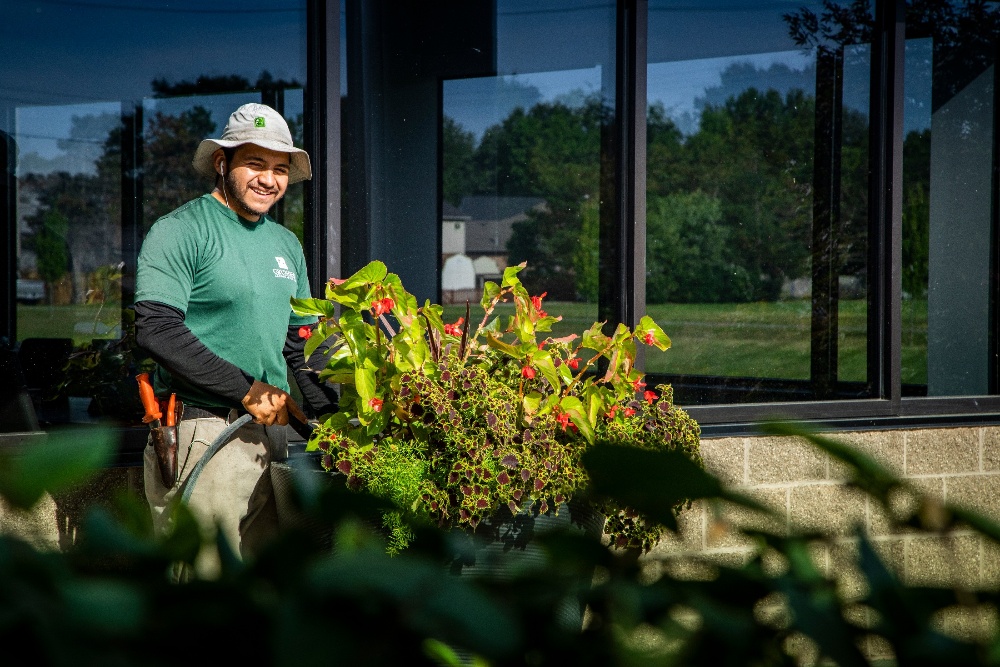
How to Overcome Price Objections When Selling Landscaping
You don't need me to tell you that prices have increased in the past few years, all of you reading this are probably all too aware of this yourselves. As landscape professionals, we've seen the costs for doing our work rise steadily in recent years, and in most cases, this has meant a price increase for our clients too.
Sales teams aren't strangers to objections on price from clients, we've been hearing those since long before the latest bought of inflation, and smart salespeople go into every client interaction prepared to mitigate common objections, like this one. At Grunder Landscaping Co., we've long been committed to quality and that sometimes means we are priced higher than our competition is. Here's how we overcome it when a prospect has an objection on price:
We screen our prospects, charge an initial consultation fee, and a design fee for design-build projects. All three things reduce the number of price objections we get after a proposal is done, but it still happens.
We always start by thanking them for telling us they're worried about the price and acknowledging that we understand their concern. Then there's two situations we commonly see from here:
If they've gotten another quote that was less than ours, we ask if they're willing to share that proposal with us so that we can review our proposal against it. We can compare the two proposals for them to ensure they're comparing apples to apples on the services they're getting from both companies.
Sometimes the objection on price isn't that we're more expensive than a competitor, but just sticker shock at the price in general. While we ask upfront for a budget, and will even give some general "Good, Better, Best" price ranges during the screening process, sometimes the final proposal is more than they were expecting. In that case, our sales team likes to ask "Was there a price point you'd be more comfortable with?" to understand how big the gap is.
In both situations, the options available to our sales team are to:
2. Change the project scope to reduce the cost. We will not compromise on some things for quality reasons, but there may be some services we can cut out or materials we can change to reduce the cost. For example, using smaller plants or recommending a different paver.2. Explain the added value in our proposal. We can highlight why our proposal may be more expensive; for example, we may say:
"We use only the best quality materials for all of our projects, and our team is experienced, friendly, and communicates every step of the way. When we're working on your property, you'll have confidence that we're doing the work the right way so that your landscaping thrives for years to come."
Another way to do this is to talk about the benefits over the features. Sell the shade, not the tree. If it makes sense, you may even offer to take them on a tour of a different property so they can see your work in person.
3. Create phases. For Design-Build work, we can propose doing the work in phases to spread the cost out over time and reduce the upfront investment.
There are also some things that we don't do as a policy because we think they end up undermining our team's credibility in the long run:
- We don't offer discounts. When you know your numbers well, it's easy to give clients your best price first.
- We don't badmouth our competitors. We focus on ourselves, not on them.
I'll go into more detail on how salespeople can address this and other objections we hear frequently during this week's Virtual Sales Bootcamp. We'll cover overcoming objections to the timing of jobs, price increases, and even how to handle situations with multiple bid requests. I'll do it all joined by one of our executive coaches, Chris Psencik, whose extensive experience selling commercial landscaping work compliments my experience in the residential space. No matter what you and your sales team is struggling with as you start this season, we'll be able to help. Don't miss your chance to join us!
I’ll talk to you next week!

 Marty Grunder
Marty Grunder
President & CEO
The Grow Group & Grunder Landscaping Co.
